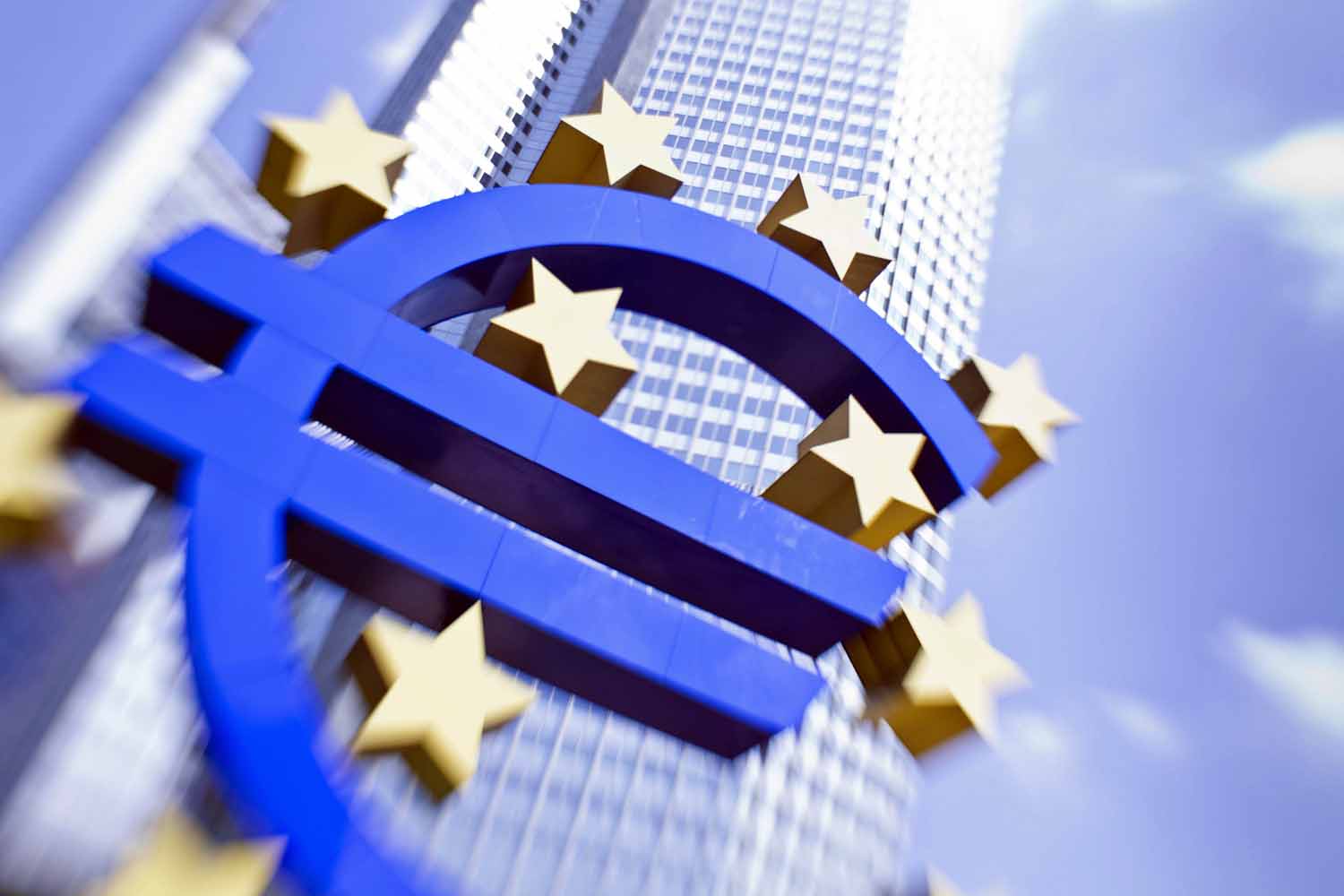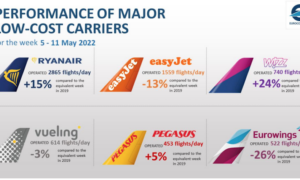(Editor’s note: This was originally posed on EconoMonitor. It’s reposted here with the permission of the author.)
By EDWIN G. DOLAN
The idea that Democrats want to make America more like Europe is a favorite Republican attack line. Writing in The New York Times, David Brooks expresses amazement that so many millennials are supporting Bernie Sanders, an open admirer of the European model. Why would anyone in their right mind favor “sluggish” Europe over “vibrant” America?
If we focus on data rather than snappy sound bites, the attraction of the European model is clear: European countries, especially the high-income democracies of Northern Europe, make better use of their wealth in supporting a good life for their citizens.
Here is a chart that gives the big picture. The horizontal axis shows GDP per capita. (GDP here is measured at purchasing power parity (PPP) to remove distortions caused by over- or undervalued exchange rates.) The vertical axis shows a measure of human wellbeing called the Social Progress Index (SPI). Unlike some other broad indexes of human welfare, the SPI does not explicitly include income, wealth, or GDP. Instead, it regards them as “inputs” that support the production of “outputs” like health, security, and personal freedoms.
Several features stand out in the chart. First, as shown by the black trend line, higher GDP does, on average, contribute to human welfare, although the relationship is far from linear. At low levels of income, growth of real GDP has a strong payoff in quality of life. For middle- and upper-income countries, higher GDP is still associated with improvements to human welfare, but the relationship is not as tight and the payoff to an extra dollar of economic output is less. New Zealand, the country with the highest SPI index of all, has a relatively modest per capita GDP of just over $30,000.
Second, we see that the wealthy countries of Northern Europe, shown by the blue dots, all lie above the trend line. Given their incomes, they do better than we would expect at converting economic performance into good lives for their citizens. The United States, although among the very wealthiest countries in the world, does only an average job.
Third, we see that the somewhat less prosperous southern and eastern members of the EU, shown by the red squares, also perform rather well. All of them except Romania, Greece, and Italy lie above the trend line. Some of them, including Estonia, Portugal, the Czech Republic, and Slovenia, have SPI scores nearly as high as the United States despite having only about half the GDP per capita.
But, you may say, the very name of this Social Progress Index makes it sound rigged to reflect left-wing values. What about things that conservatives care about, such as security from crime and terrorism, respect for property rights, absence of corruption, literacy, and freedoms of the press, speech, religion, and assembly? It turns out they are part of the SPI, too. We can get a clearer picture by breaking down the SPI into three components that its authors refer to as “Basic Human Needs,” “Foundations of Wellbeing,” and “Opportunity.”
Basic Human Needs include indicators like nutrition, basic medical care, access to clean water, sanitation, shelter, and security from crime and terrorism. The next chart shows that Northern European countries are among the best in the world in providing for the basic human needs of their citizens. All of them do a better job than the United States, which, as shown by its position below the trendline, does significantly worse than expected for a country with such a high income. Most of the remaining members of the EU also do a better than expected job, relative to their lower levels of GDP, of providing for basic human needs.
The picture is very much the same for the “Foundations of Wellbeing” group, which includes indicators like literacy and quality of primary education, access to mobile phones and internet, life expectancy, and environmental quality. European countries, by and large, perform better than expected for their levels of GDP. All of the high-income Northern European countries do better than the United States, which, again, lies well below the global trend. Most of the eastern and southern EU members outperform the United States, too.
Still, you may be thinking, isn’t it true that Europeans pay for their welfare state benefits by accepting reduced freedoms and opportunities? Not really, as the next chart shows. The “Opportunity” component of the SPI includes indicators of political rights, freedom of speech and religion, property rights, tolerance, freedom of personal choice, and access to higher education. The United States does perform well in terms of these indicators, but not conspicuously better than many Northern European countries. In contrast to the other groups of indicators, here, the United States lies well above the global trendline relating opportunity to GDP per capita. However, that is not because it outperforms Europe, but rather, because the trend line is pulled down by the dismal record on opportunity, freedom, and tolerance of a handful of resource-rich but undemocratic countries like Saudi Arabia, the United Arab Emirates, and Russia.
So just where is the surprise? Why should we be amazed that young voters think it would be not be so bad if America were more like Denmark, Finland, or The Netherlands?
In a recent interview, George Stephanopoulos cautioned Sanders that Republicans were likely to jump all over him for saying the US should be more like Scandinavia.
“That’s right. And what’s wrong with that?” the Senator replied.
Of course, Europe is not a monolith. Not every European country does everything right, nor does the US do everything wrong. I hope to deal with some more specific US-European comparisons, including taxation, health care, and higher education, in future posts. But meanwhile, it is nice to know that it is possible for a country to provide its citizens with basic human needs and the foundations of welfare without sacrificing freedom and opportunity. Europe points the way.
Follow this link to view or download a slideshow version of this post.
 About the author: Edwin G. Dolan was born in Oklahoma and grew up in a small town in Oregon. He attended Earlham College and Indiana University, where he majored in Russian Studies as an undergraduate and later earned a Masters degree from Indiana University’s Russian and East-European Institute. After earning a doctorate in economics from Yale University, he taught at Dartmouth College, the University of Chicago, George Mason University and Gettysburg College. From 1990 to 2001, he taught in Moscow, Russia, where he and his wife founded the American Institute of Business and Economics (AIBEc), an independent, not-for-profit MBA program. After 2001, he taught economics in several European countries, including 15 years of annual courses at the Stockholm School of Economics in Riga. He currently lives in Northport, Michigan.
About the author: Edwin G. Dolan was born in Oklahoma and grew up in a small town in Oregon. He attended Earlham College and Indiana University, where he majored in Russian Studies as an undergraduate and later earned a Masters degree from Indiana University’s Russian and East-European Institute. After earning a doctorate in economics from Yale University, he taught at Dartmouth College, the University of Chicago, George Mason University and Gettysburg College. From 1990 to 2001, he taught in Moscow, Russia, where he and his wife founded the American Institute of Business and Economics (AIBEc), an independent, not-for-profit MBA program. After 2001, he taught economics in several European countries, including 15 years of annual courses at the Stockholm School of Economics in Riga. He currently lives in Northport, Michigan.


















